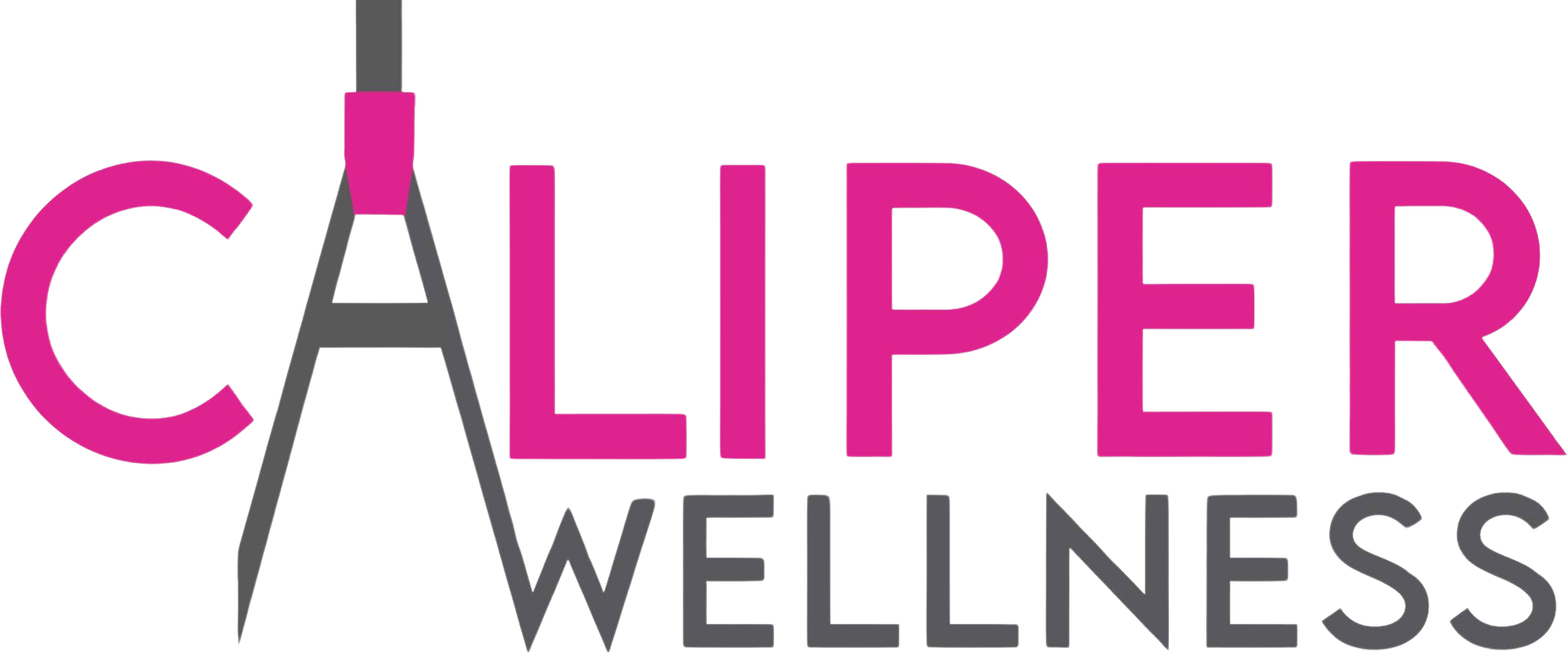By: Karen Schwartz, LMHC and Yvette Triana, LMHC
For many people, happiness seems like a cat in a crowded room, but Cognitive Behavioral Therapy (CBT) may hold the key to opening that door. As a Licensed Mental Health Counselor (LMHC), I have witnessed firsthand how CBT may improve people’s resilience and quality of life. Let’s discuss how CBT can help you have a happy life and why it’s just as crucial to put these techniques into practice as it is to never lose your keys.
Comprehending CBT
CBT is comparable to a therapeutic Swiss Army knife. It’s an organized, goal-oriented method that enables you to recognize the relationship between your feelings, ideas, and actions. It basically functions as a mental toolkit to help you change those annoying thought habits that prevent you from breaking out of your rut.
How Happiness Is Supported by CBT
1 .Recognizing Adverse Thought Patterns
First, CBT assists you in recognizing those negative thought patterns that unexpectedly show up at a party. Catastrophizing, overgeneralization, and all-or-nothing thinking are a few examples of these cognitive distortions. The first step to clearing these patterns out of your head is realizing they exist.
Consider Sarah, who believes she messes up everything all the time. She begins to recognize this oversimplification through CBT and concludes that it’s about as accurate as forecasting the weather based on her cat’s emotions.
2. Reframing and Challenging Thoughts
It’s time to confront and refute the negative thoughts after you’ve located them. Consider it as giving those unexpected party guests a makeover; they may still be present, but they will now likely be dressed and acting more appropriately. This procedure entails examining the data supporting and refuting the idea to arrive at a more impartial viewpoint.
Example: Sarah refutes her own theory by citing her accomplishments, such as the time she prepared a delicious lasagna or aced a presentation. “Sometimes I make mistakes, but I also do many things well,” is how she rephrases her idea.
3. The activation of behavior
CBT incorporates movement in addition to thought. Scheduling enjoyable and fulfilling activities is a key component of behavioral activation. It’s like organizing an enjoyable excursion for oneself without requiring a chaperone.
Example: Sarah starts incorporating activities she loves, like painting and hiking, into her weekly routine. Suddenly, she’s feeling as vibrant as her latest watercolor masterpiece.
4. Developing Coping Strategies
CBT teaches practical coping strategies for managing stress and tough emotions. Whether it’s deep-breathing exercises or mindfulness meditation, these tools help you keep calm and carry on—like a zen master in training.
For instance, Sarah finds that practicing mindfulness meditation helps her remain composed when her supervisor assigns her a last-minute project. She is now able to handle stress like a cat getting back on its feet.
The Value of CBT Skills Practice
Like honing the art of juggling or baking, the advantages of CBT require regular practice. This is why consistent practice is so important:
1. Creating New Routines
Rethinking and acting in different ways is like preparing for a marathon. Although it requires time and effort, consistent practice makes these new, healthful habits automatic. You will soon be psychologically racing toward happiness.
2. Strengthening Positive Shifts
At the very least, pretty darn decent becomes excellent with practice. Using CBT techniques helps you sustain improvement and encourages positive changes—much like regular watering keeps a plant healthy.
3. Raising One’s Own Efficacy
Your confidence in your capacity to properly control your thoughts and emotions will grow as you get more experience. It’s like becoming the mental equivalent of Superhero.
Cognitive behavioral therapy addresses the underlying reasons of unfavorable thoughts and behaviors, providing a toolkit for fostering pleasure. Your mental health can significantly improve if you recognize and challenge cognitive distortions, partake in meaningful activities, and create useful coping mechanisms. But consistent practice is the key to realizing CBT’s full potential. Consistently using CBT techniques builds the mind in the same way that physical exercise strengthens the body, opening the door to a happier, more contented existence.
Embrace your journey with CBT, and remember, happiness isn’t just a destination—it’s a way of traveling. With consistent practice and a bit of humor, you can cultivate a happier, more balanced life. Happy practicing!
Let us help you here at Caliper Wellness. We have a CBT group starting in August. Sign up and realize you are not alone in this. Learn from our therapists as well as others. It is time for you to do something for you and not feel guilty about wanting to improve yourself and your thoughts. We all deserve to have happy thoughts about ourselves.
References
- Beck, J. S. (2011). Cognitive Behavior Therapy: Basics and Beyond (2nd ed.). Guilford Press.
- Hofmann, S. G., Asnaani, A., Vonk, I. J., Sawyer, A. T., & Fang, A. (2012). The Efficacy of Cognitive Behavioral Therapy: A Review of Meta-analyses. Cognitive Therapy and Research, 36(5), 427-440.
- Fenn, K., & Byrne, M. (2013). The Key Principles of Cognitive Behavioral Therapy. InnovAiT, 6(9), 579-585.

